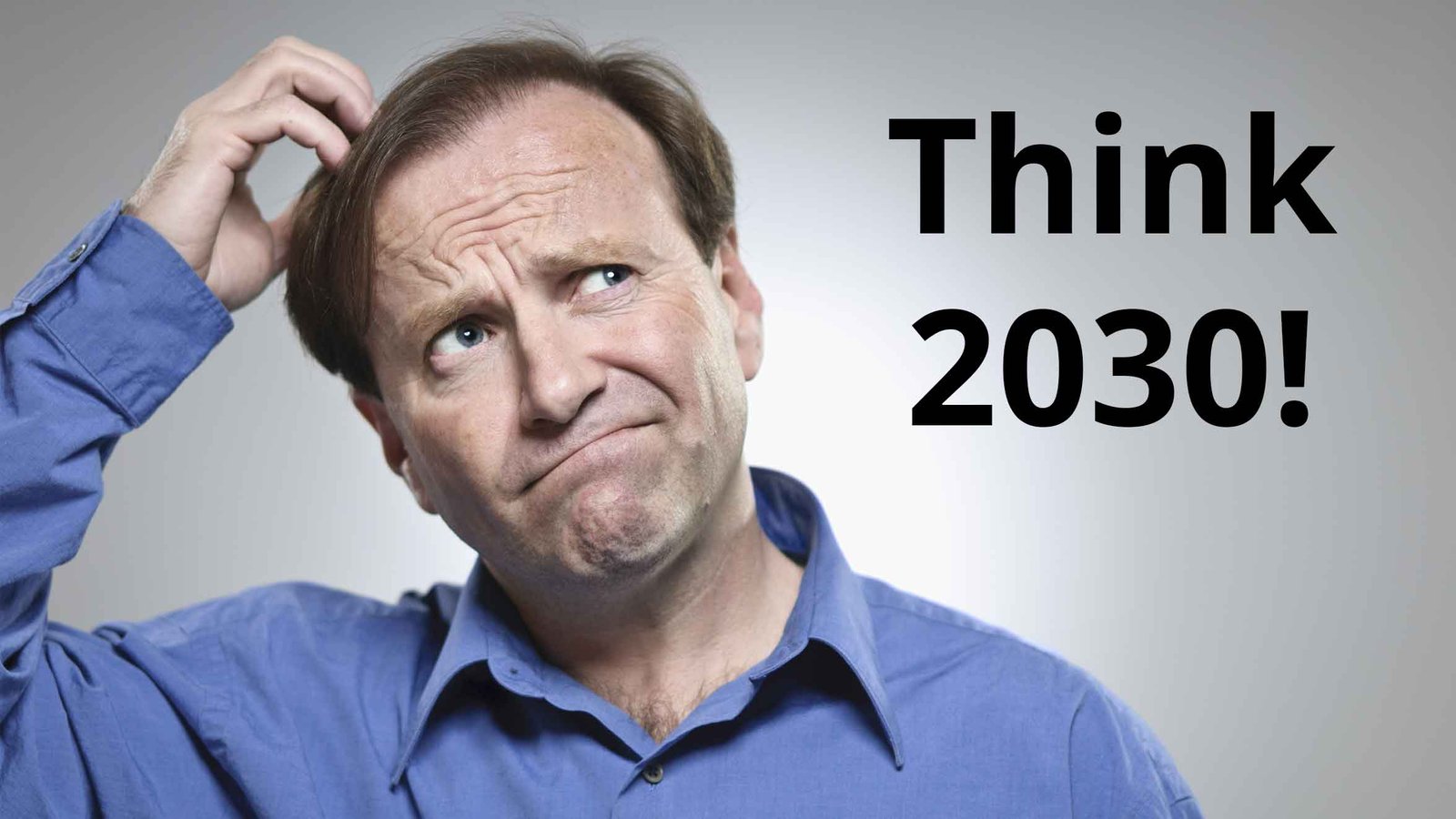Think 2030: How Asset, Property and Facility Management 2030 will look like

If you want to think 2030, you have to dare to do things radically differently. How would we design the asset, property and facility management business architecture on a greenfield site today so that by the end of this decade we have a setup that is truly capable of exploiting the promised potential of digitization?
Historically, the functions of asset management, property management and facility management have often been separated in the commercial real estate business. This may have had good reasons over the last century, but this setup also leads to a number of challenges that one would not really expect to see in the 1920s: Asset, property, and facility management companies in many cases still operate as organizational and data silos, even though service delivery to property users actually needs to be seamlessly created across all partners involved. The result is processes with relatively low efficiency and quality due to many media discontinuities and a lack of transparency about what is currently happening in buildings. The obstacles from the industry set-up become most obvious in the case of the sustainability topics, which are becoming much more important and can hardly be mapped sensibly if there are no continuous system landscapes.
The next generation of real estate operators is coming
But there is hope: In the past five years of PropTech development, market-ready cloud-based software solutions have emerged in virtually all functional areas that can be assembled into seamlessly integrated platforms. More and more established players like ERP vendors also understand that closed-shop architectures can no longer be the way forward. Documented, open APIs are becoming the uncompromising core requirement that customers will place on their software infrastructure in the real estate industry as well.
Digital tenant management sustainably increases efficiency
Digital operators are first and foremost digital: they rely on a combined platform that seamlessly maps all core processes of tenant management, commercial as well as technical property management and seamlessly integrates the various partners. On such a platform, roles can then be redistributed: the classic division into asset, property and facility management will not endure in this vision - rather, we will see new roles emerge. In particular, the efficiency gains will also free up resources to provide truly value-adding activities directly to tenants. According to our models, efficiency savings of up to 30% while increasing user satisfaction and taking full account of sustainability aspects are possible from the outset with digital operator approaches that are pursued without compromise.
The drivers of such a vision are the property owners, or the representatives of the same in asset management, who implement this with their partners. A digital operator platform cannot be realized overnight, nor should it be introduced in one fell swoop: The agile approaches tried and tested in software development are recommended here. It has also been shown that new buildings in particular are suitable for driving new integrated processes forward, as it were. Anyone who starts designing such an integral operating platform today will have laid the foundation in a period of 2-3 years to fully realize the effects of digitization from 2025 onwards for the benefit of users, owners and all stakeholders - and then in 2030 an industry structure will actually prevail that no longer has much in common with the traditional role division model.
About Stefan Zanetti, Founder und President of the Board of Allthings
Stefan is one of the defining founding figures of the proptech scene in Europe. He is fascinated by developing completely new things and services, preferably from scratch. While in school he built hot air zeppelins and reprogrammed calculating machines, later in life he started building companies. In 2013, he founded Allthings, his third ETH spin-off after Synesix and Careware. With Allthings, now the leading tenant management platform for real estate owners and portfolio holders to equip their buildings with digital services for better living and working in buildings, he combined his enthusiasm for customer interaction design, risk and sustainability management with his passion for new technologies and software.
